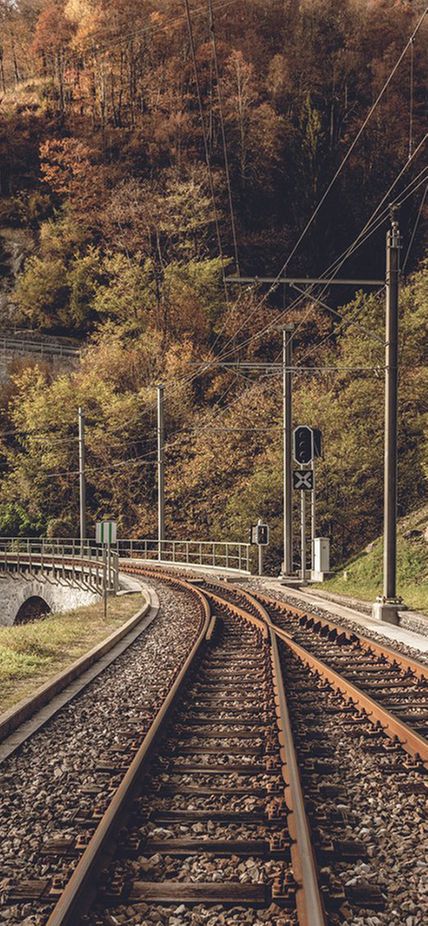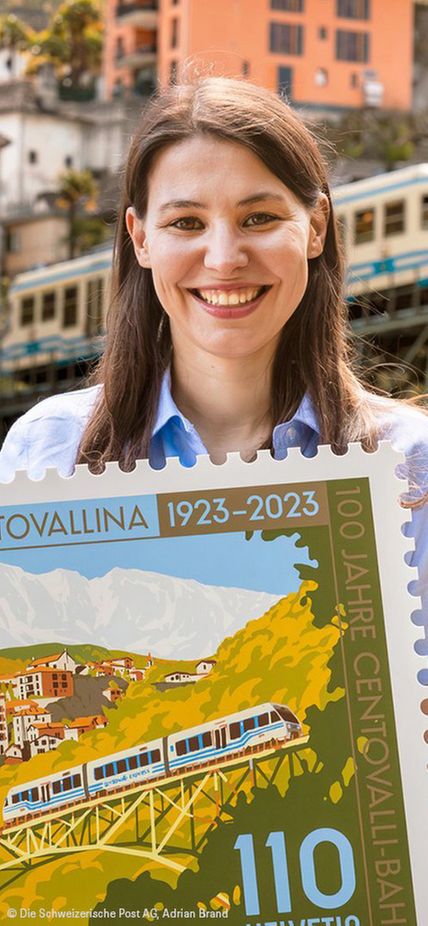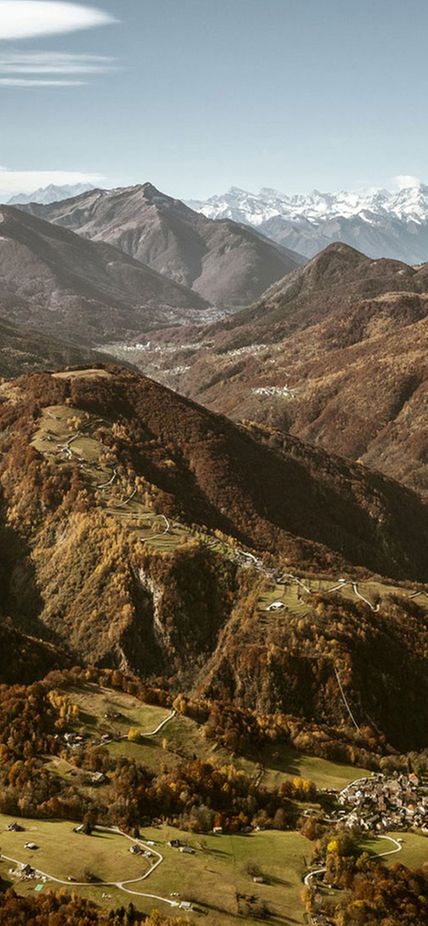Looking back at a century of travel
A bell tower that soars above the rooftops, standing out against the blue sky, forests as far as the eye can see, a village nestled above the valley crossed by a huge iron bridge. And on that bridge, a small blue and white train. A perfect picture-postcard image; so iconic and deeply rooted in the area that no one in Ticino could now imagine the Centovalli without their train. The Vigezzina-Centovalli Railway, linking Locarno to Domodossola, turned one hundred in 2023. Its journey has not been without obstacles; the beloved train has had to deal with wars, natural disasters and historic changes, demonstrating, year after year, its importance for the valley and its profound links to the area.





